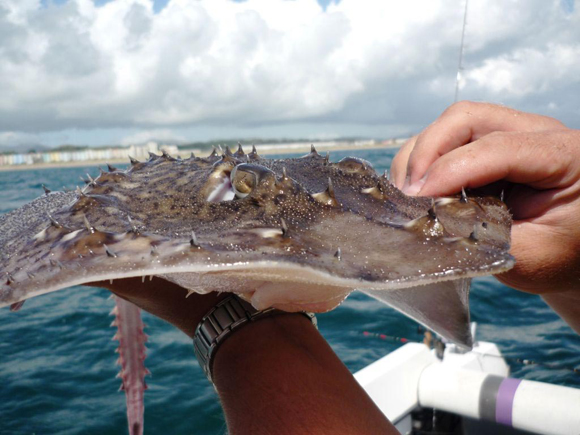This next find is one which has taken me a really long time to identify. At first I thought it was a bent safety pin, for a while I thought it was a whistling acacia seed from Africa, then I thought it was an animal claw, and finally I saw it had been identified on the London Mudlark facebook page. And I am so happy it was. Because it turns out it's much cooler! It's a Thornback Ray spine.
 |
| Mudlarking find: Thornback Ray spine |
Thornback Rays are widespread in coastal waters from Iceland to Norway. Its geographic ranges extends into the North Sea, The Meditteranean Sea, the Black Sea, Madeira Island, the Atlantic coasts of Africa, as well as the waters off the coast of South Africa and the South-Western Indian Ocean.
They inhabit a range of sea floor habitats, including mud, sand, gravel, and rocky areas.
 |
| Map of Thornback Ray territory |
 |
| Thornback Ray photo with detail of spines similar to my find |
The largest specimen ever recorded weighed 18 kg. Females can grow up to 130 cm long and live to 12 years of age.
 |
| Thornback Ray Raja Clavata diagram |



















